Sanding to Perfection: Achieving a Fine Finish.
The journey to a fine finish in sanding is the culmination of transforming raw wood into a refined and desirable surface, ready for the application of the final finishing products. As highlighted in previous sanding articles, the process involves meticulous steps, progressing from deep scratch patterns with coarser grits to more refined grits, typically ranging from 220 and beyond.
Traditionally, achieving a fine finish involves labour-intensive methods such as hand sanding with abrasive pads or palm sanders. While effective, these methods consume numerous hours of labour, prompting inquiries from both hobbyists and woodworking shops seeking efficient solutions.
Critical in this selection process is a comprehensive understanding of your specific applications, the anticipated results, and the potential volume involved. Aligning your volume requirements with time expectations can significantly alleviate potential frustrations.
Hand and palm sanding, though effective, can be laborious and time-consuming, especially when dealing with larger quantities of pieces. The widebelt sander industry typically considers anything over 180 grit as a finer finish. Many woodworkers, lacking a widebelt sander, combine hand sanding with drum sanders to achieve their desired finish, often concluding at 220-400 grit, depending on the application and material.
A widebelt sander emerges as a compelling solution for fine finishing. It offers efficiency, precision, and consistent results based on the desired grit finish. Additionally, widebelt sanders provide diverse solutions that can be tailored to various fine sanding applications.
In larger workshops, there’s a growing trend towards adopting an all-in-one sanding process. This approach proves highly efficient, significantly reducing manual labour times that would otherwise span hours and may involve multiple individuals in the palm sanding finishing process. The versatility to provide multiple abrasive options on finer abrasive belts by abrasive providers opens up a myriad of sanding possibilities at finer grit finishes.
For finishes beyond 180 grit, detailed questions about the end process become pertinent. Whether staining the material, aiming for a raised grain finish, a high gloss, or other specific requirements, the choice between sanding belts up to 220 grit or transitioning to orbital or flat orbital brushes becomes critical.
To achieve a fine finish and meet specific expectations, transitioning from contact drums or regular platens becomes essential. For instance, if aiming for a 320-grit finish with an entry door, starting from 100 grit, a strategic approach would involve employing a hard rubber contact drum on the first sanding head. The second head could feature a rubber contact drum with a 120-grit abrasive belt, while the third head might utilize a combination drum with a graphite platen set at 180 grits. As the process shifts toward finer applications, incorporating two rows of oscillating orbital brushes with quick changeability becomes crucial, adhering to grit sequencing of 220, 240, 280, and finally, 320. In the realm of finer sanding, numerous options from abrasive providers abound, offering tailored solutions based on desired outcomes. As with the implementation of any manufacturing solution, testing materials becomes crucial, especially for those contemplating a widebelt sander purchase, to ensure confidence in the chosen equipment.
For many in the woodworking profession, the decision to bypass certain steps in the grit sequencing process isn’t taken lightly but stems from practical considerations. Time constraints often play a significant role, especially in high-volume production environments where meeting deadlines is as crucial as the quality of the finish itself. In such cases, the meticulous progression through every grit level—from coarse to ultra-fine—may not be feasible. This is particularly true for businesses that face seasonal spikes in demand or have to quickly turn around custom orders. Some may opt for a more abbreviated sanding process that still achieves a satisfactory finish or a combination of widebelt sander and other sanding processes. This pragmatic approach allows for balancing quality with efficiency, ensuring that businesses can maintain throughput without significantly compromising the quality of their products.
Attaining a fine finish is an art that, when approached strategically, can transform a seemingly tedious task into a seamless and rewarding endeavour. Central to this mastery are the principles of grit sequencing and the careful balance of managing the volume of material undergoing this transformation with your available time, a precious resource in any workshop that influences the efficiency and feasibility of the chosen finishing method. Understanding the delicate balance between grit sequencing, material volume, and time considerations empowers woodworkers to make informed decisions, elevating their craft to new heights.
Investing in the right equipment emerges as a linchpin in this pursuit of excellence. A judicious choice of tools, such as widebelt sanders, orbital brushes, or flat orbital brushes, not only expedites the finishing process but also serves as a safeguard against potential cost overruns. This strategic investment ensures that the results achieved not only meet but exceed the expectations, leaving an indelible and positive impact on the overall success of your woodworking enterprise.
Stay tuned for future posts on getting the optimum performance out of your sanding machine.
Akhurst Machinery. Building Trust. Creating together.

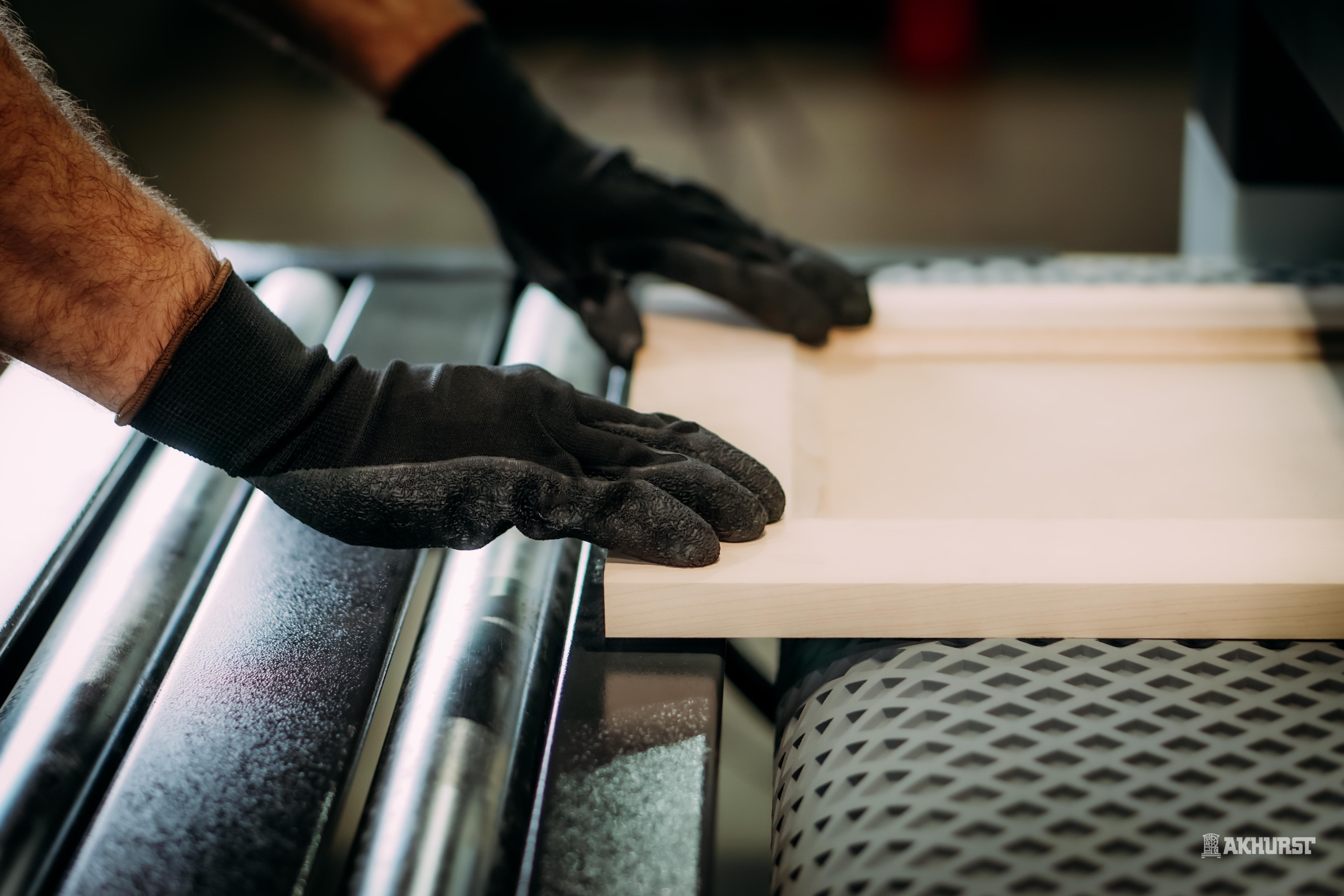
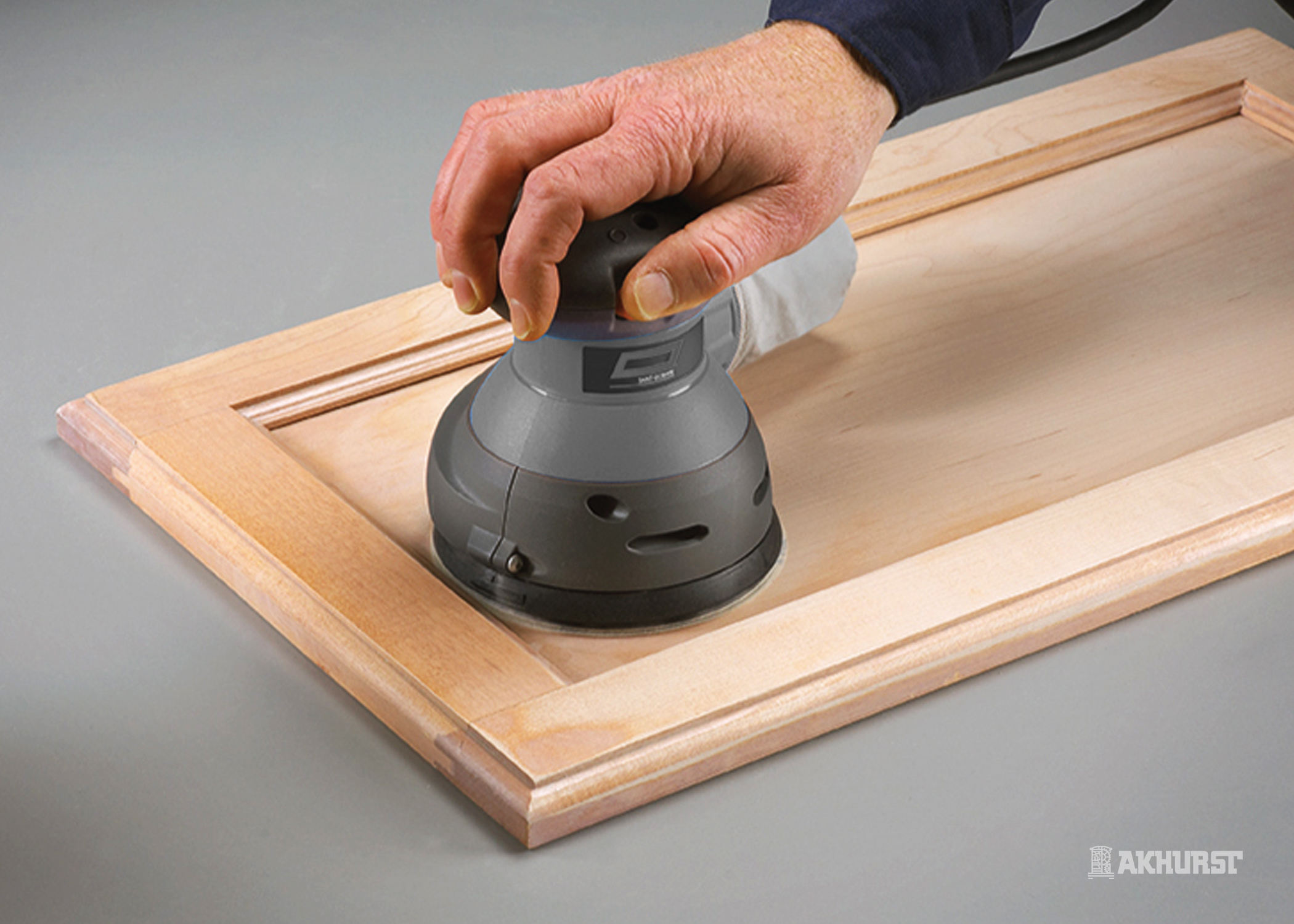
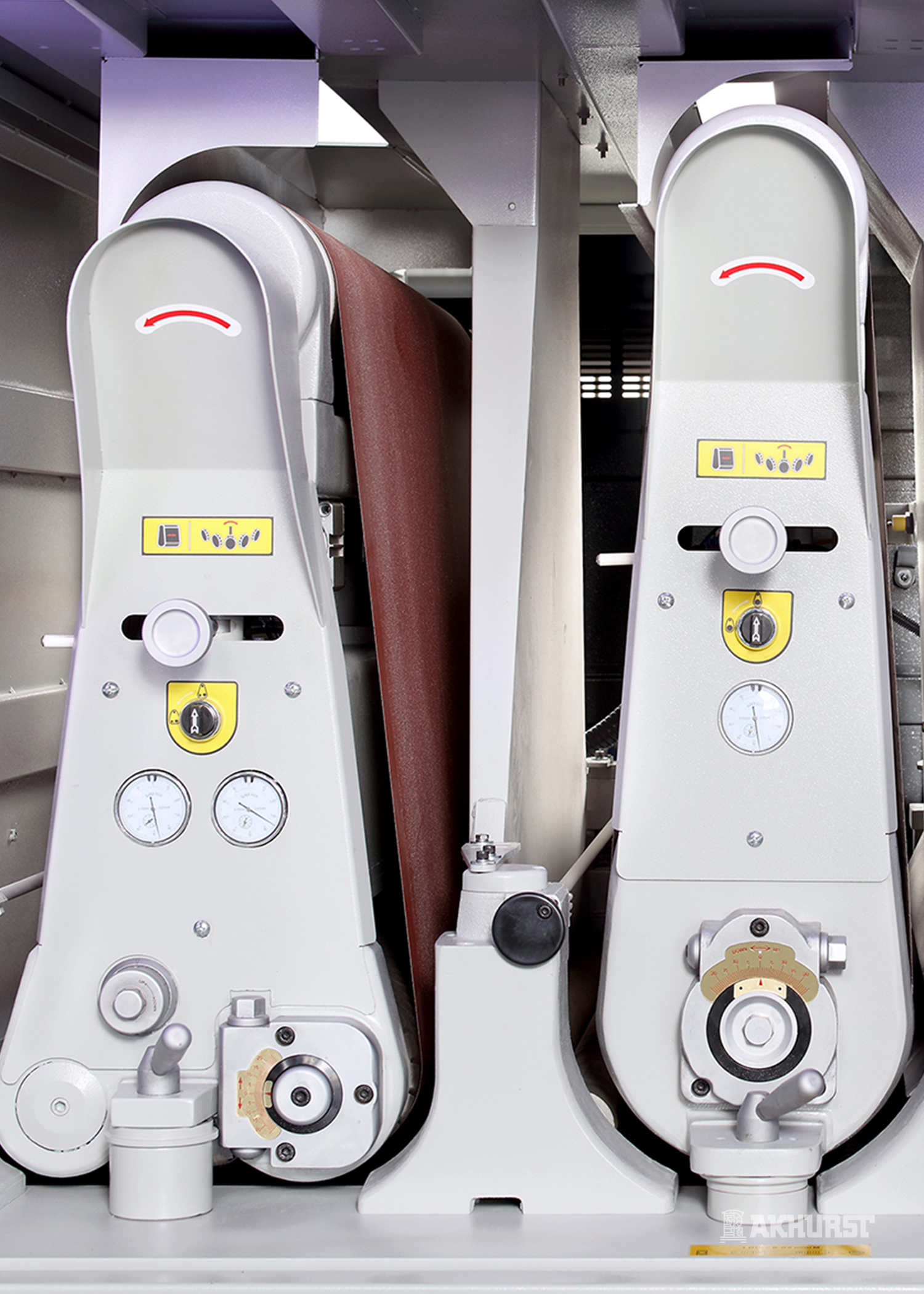

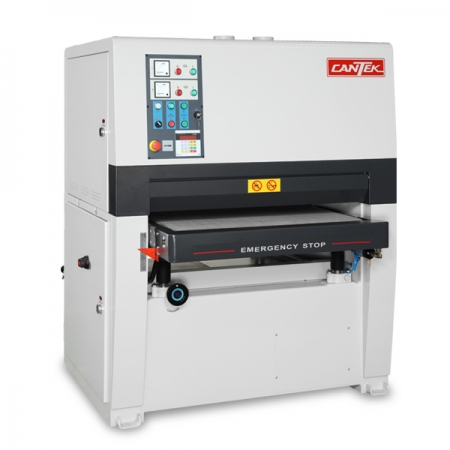
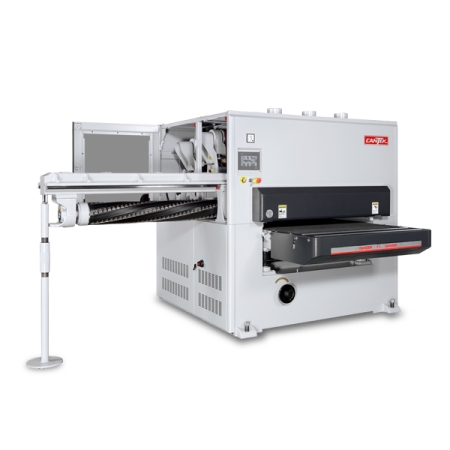
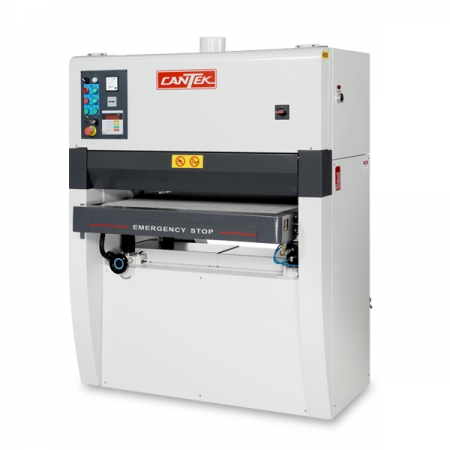
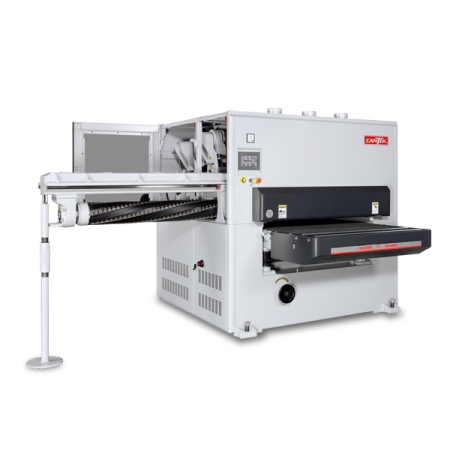



Sanding to Perfection: Achieving a Fine Finish.
Machinery Solutions, Service and SupportThe journey to a fine finish in sanding is the culmination of transforming raw wood into a refined and desirable surface, ready for the application of the final finishing products.
Why Consider a Planer Sander?
Machinery Solutions, Service and SupportTraditionally shops have a surface planer and/or wide belt sander to calibrate and prepare their products for finishing. Understanding the differences between a planer and a sander and how efficiently using a planer sander can benefit your production can be vitally important to your business saving time and money.
Poor finishing results? Stay alert for the most common widebelt sanding issues.
Service and SupportWidebelt sanding is a critical stage in wood preparation before and during the finishing process. Often poor sanding results do not show up until it is too late and you have finished the material. Knowing what issues to look for and how to remedy them in advance will save you both time and money by eliminating costly rework and defects.